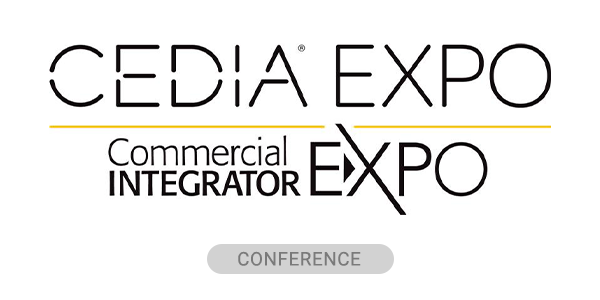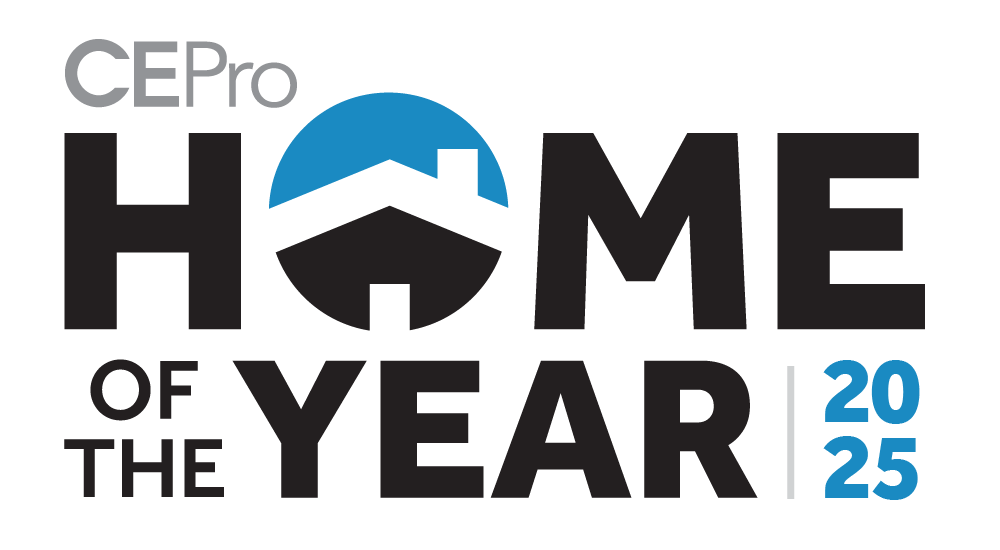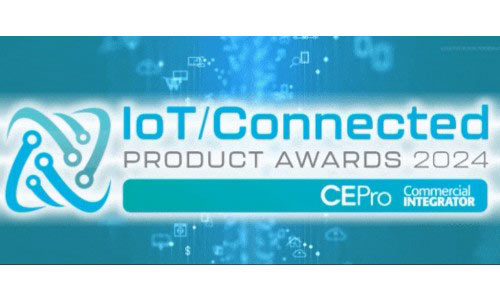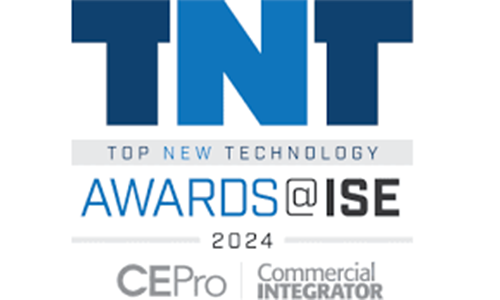As home theaters become more sophisticated, consumers are looking to add next-generation features like immersive sound, Ultra HD and HDR. That includes object-based surround formats like Dolby Atmos, DTS:X and Auro-3D.
Sony is the latest manufacturer to invest in immersive audio, but it has done more than simply updating a product line. This week, Sony Pictures Post Production Services announced it has added a new mix stage dedicated to next-gen home theater audio formats.
The stage is located on the Sony Pictures lot in Culver City, Calif., and is over 600 square feet in size. It's designed to simulate a typical home theater environment — dimensions, acoustics and all.
The room has been used to prepare several feature titles for Blu-ray, 4K Ultra HD and digital delivery. It's equipped to master feature film and TV in “Dolby Atmos, Auro-3D and other immersive sound formats.” Sony gave no specific mention of DTS:X.
More: Auro CEO to Dolby, DTS: ‘Let’s All Work Together’
“This new stage keeps us at the forefront in immersive sound, providing an ideal workflow and environment for mastering for home theaters,” says Sony Pictures Post Production Services executive VP Tom McCarthy. “We are empowering mixers to maximize the creative potential of these new sound formats and deliver rich, enveloping soundtracks that consumers can enjoy in the home.”
The mix stage features:
- Avid Pro Tools S6 mixing console with 24 faders
- 2 Pro Tools HDX systems
- Ancillary gear from Blackmagic, Pegasus and Brainstorm
- Custom-built Delicate Audio truss system for mounting nearfield speakers
The truss system allows the speaker array to be quickly and easily reconfigured to conform to the specifications of individual sound formats.
“Flexibility is essential,” says Sony Pictures digital chief engineer Nathan Oishi. “We designed the room to seamlessly and fully support both Dolby Atmos and Auro formats, while building in enough routing, monitoring and speaker flexibility to accommodate future immersive formats. Streaming and VR deliverables are upon us, and we will need to stay nimble enough quickly adapt to new specifications.”













